Despite the US death toll from COVID 19 topping 100,000, the worst riots in decades, deteriorating China trade relations and 48 million American workers claiming unemployment benefit, the US stock market sits 10 percent higher than it did a year ago. The NASDAQ actually hit a record high this week. The record-breaking rally means the Fed stands accused of blowing yet another financial market bubble with its massive stimulus efforts that have completely distorted price discovery and risk analysis in stocks and bonds.
When we buy the market today, we should ask ourselves if we are investing in sustainable economic growth or just riding a rollercoaster? Markets might be rallying but the underlying economy is extremely weak and any recovery is likely to be drawn out. This is a good time to make a distinction between investors and traders. An investor wants to use his capital to buy growth, income or both, which is determined in the long run by the performance of the business or economy invested in. A trader is only really interested in price movements. This is clearly a traders market because there is a huge discrepancy between rising prices and the worst economy since WWII, no matter how much you think the glass is half full.
If we get a second infection wave as we head into autumn there is a chance that businesses will suffer once more, even if we don’t get a full lockdown. Even if there isn’t a second wave, demand will be relatively weak as many jobs that have been lost fail to return and many businesses that closed don’t reopen. There may be some pent up demand to provide a surge as businesses reopen but the economy will not be as strong as it was before and it is not unreasonable to expect the stock market level to adjust accordingly.
Then there is the question of stimulus. The US government was already stimulating the economy by running trillion-dollar deficits before the virus hit. Since then, the government and central bank response to the virus has been huge, especially in the US and Japan, but it can’t continue forever.
What will the economy look like when it is withdrawn and has this been factored into markets that are supposed to be forward-looking? We know that companies which took loans to survive will find themselves even more indebted than before the virus appeared and the cost of adapting to social distancing adds extra costs. Also, we can probably expect weaker consumption due to low confidence about the economy and pay rises could be in short supply, which might be good for companies but not so good for encouraging consumers to borrow and spend.
Investors ‘looking past’ the current recessionary shock need to ask themselves if stock markets are pricing in a sustainable improvement in economic conditions, as almost record high share prices imply, or simply setting themselves up for another big crash at some point in the not-too-distant future. Global economic growth had dropped to a decade-low at the start of the year and is now much weaker. If there is no sound economic foundation for growth for the foreseeable future then the bull market is on very shaky ground. Traders might continue to enjoy the rally for a while longer, but if you don’t hang on to your profits because it turns out to be ephemeral, is it worth riding the rollercoaster?
For investors, your aim is to accumulate long term positive returns, not to simply watch your wealth rise and fall with markets. At this moment in time, the big gap between market prices and underlying economic value does not enable you to do this with a high probability of success. But at some point prices will reflect the economic reality, they will reconnect to underlying valuations, and if history is a guide they will probably overshoot to the downside, providing investors with an opportunity to once again invest for the long term.


